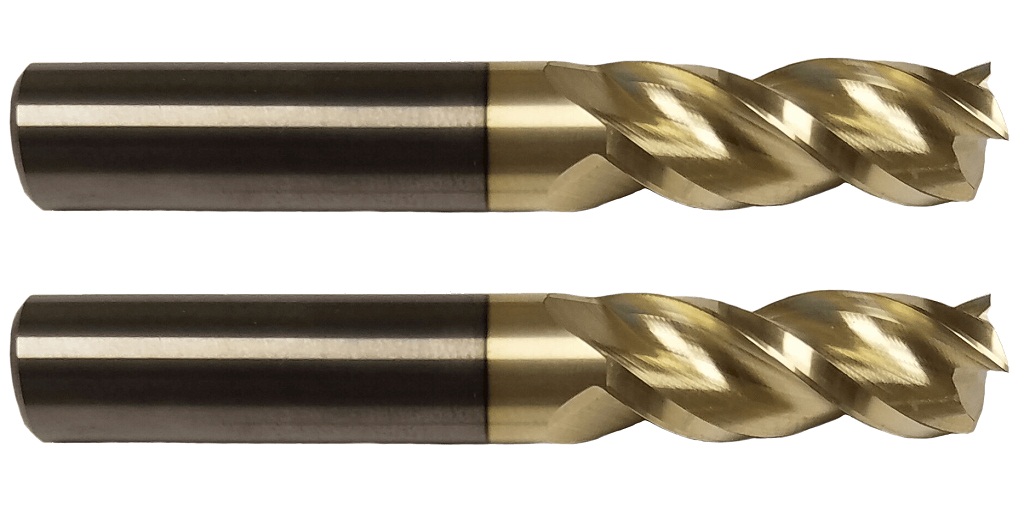
Aluminum is one of the most common metals encountered in machining operations, but choosing the best end mills for aluminum is vital to the success of the project since not all end mills will perform equally.
Take the following factors into consideration when evaluating the fitness of an end mill for a project concerning aluminum.
Why Aluminum?
Aluminum alloys are popular choices in material for prototyping because they are lightweight, soft (and easy to machine), as well as highly affordable.
However, because aluminum is strong, corrosion-resistant, versatile, and easy to machine, aluminum is also a preferred material for many finished products.
However, it has very unique features about which machinists should be cognizant in order to ensure they are choosing the best end mills for aluminum.
Flute Count
Generally speaking, two and three-flute end mills are preferred for machining aluminum, with most machinists giving the nod to two-flute end mills.
Above three flutes, it will become difficult to evacuate chips at high speeds since aluminum tends to produce fairly large chips.
As for the differences between two and three-flute models: three-flute end mills can be suitable for roughing aluminum, as well as for finishing (given the right running parameters). Outside of that, two-flute mills are generally preferred for their superior ability to cut effectively while supporting high chip evacuation rates.
Helix Angle
The helix angle is another factor that determines the best end mills for aluminum, given by the angle between an axis running directly through the centerline of the tool’s shaft and a line that runs tangent to the tool’s cutting edge.
End mills for aluminum tend to have helix angles that are somewhat higher than those used for other machining applications. It is common for end mills for aluminum to have high helix angles between 35° and 40°, with some as high as 45°.
There are also variable helix end mills, which have variable helix angles that help to reduce chatter and improve metal removal rates.
End Mill Coating
While some machinists might use end mills for aluminum that don’t have special coatings, it is important to recognize that aluminum is soft and can easily deform and clog up a cutting tool’s flutes. Therefore, coatings that offer higher lubricity, such as ZrN (Zirconium Nitride) are generally preferred.
Choose Carbide End Mills
Some machinists might still use HSS (high-speed steel) end mills for aluminum, but many have flocked to solid carbide end mills.
Solid carbide end mills, which are harder than steel, will cut through aluminum with great ease and efficiency and will last a long longer than steel mills, too.
The only thing to be aware of is that carbide end mills tend to be a bit more expensive than alternatives, but most machinists feel that is a small price to pay for superior cutting efficiency and longer tool life.
Where Can You Get the Best End Mills for Aluminum?
Looking for the best end mills for aluminum, made in America from solid carbide and ZrN coated for lubricity and durability?
Visit Online Carbide online at OnlineCarbide.com. They carry a wide range of high-performance, solid carbide, American-made end mills for sale at great prices, and even offer free shipping on orders over $250.


